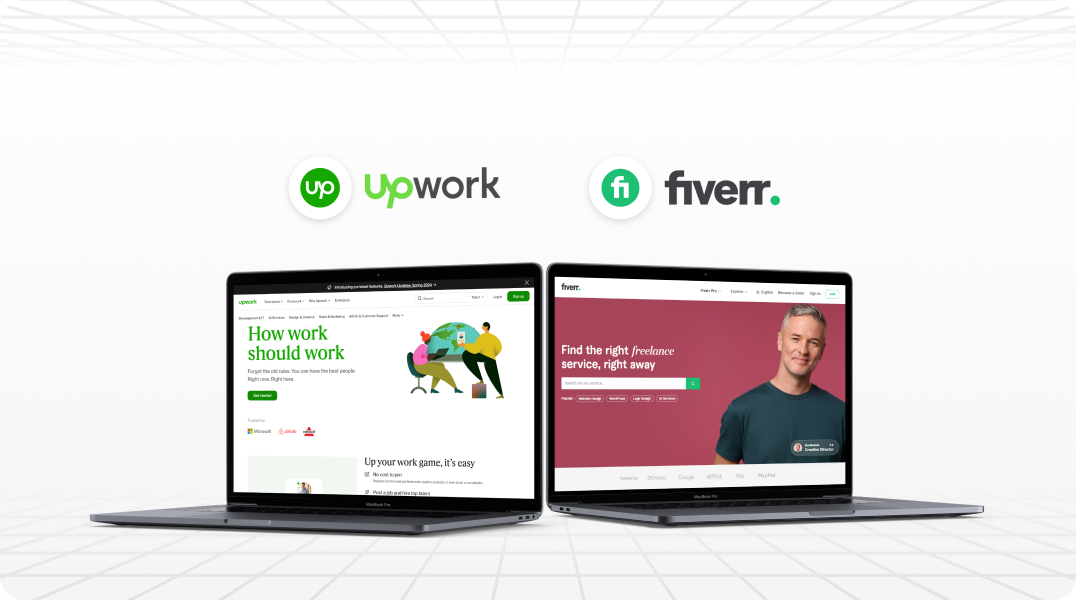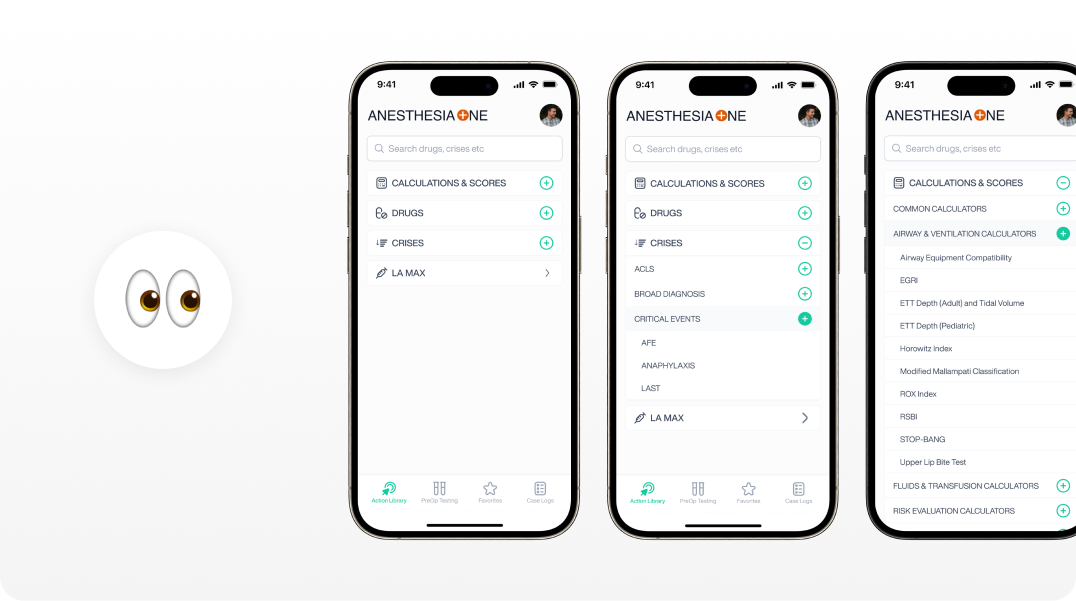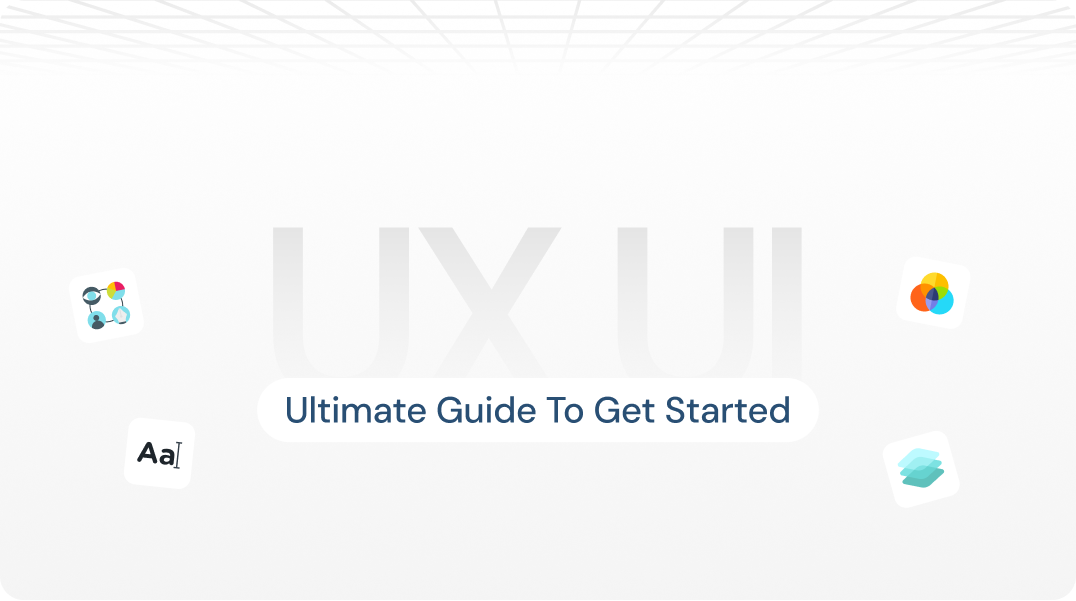If you're looking to get started in UI/UX design, it's important to go beyond the quick tips and tools often highlighted on social media.
Here’s a more structured approach to help you dive deep into the field and build a solid foundation.

Start with the Basics
When beginning your journey in UI/UX design, building a strong foundation is essential. This involves understanding fundamental design principles, user-centred design, and the core concepts that guide creating intuitive and effective user experiences.
Here are some recommended foundational books:
- The Design of Everyday Things by Don Norman
- Don't Make Me Think” by Steve Krug
- The Elements of User Experience by Jesse James Garrett
- All Books by Austin Kleon
- Lean UX by Jeff Gothelf and Josh Seiden
You can get more by searching UX Books on Google have curiosity to learn more.
There are several free courses available online. Platforms like CareerFoundry and Springboard offer introductory courses that cover key principles and methods of UX design.
- CareerFoundry Free UX Short Course
- Springboard UX Design Bootcamp
- Medium UX Collective
- Smashing Magzine
- Google UX Course

Learn Key Principles
Learning the key principles of UI/UX design is crucial for building a strong foundation in this field. These principles guide the creation of user-friendly, aesthetically pleasing, and effective designs. Here are some essential principles to focus on:
User-Centered Design (UCD):
- Focus on the needs, wants, and limitations of end-users at each stage of the design process.
- Conduct user research, create personas, and develop user stories to keep the design aligned with user needs.
Consistency:
- Ensure uniformity in design elements, including fonts, colors, and layouts.
- Use design systems and style guides to maintain consistency across different screens and platforms.
Simplicity:
- Aim for simplicity and clarity in your designs.
- Avoid unnecessary elements and focus on delivering a clean, intuitive interface.
Feedback:
- Provide users with immediate and clear feedback for their actions.
- Use visual cues, notifications, and animations to inform users about the results of their interactions.
Accessibility:
- Design for inclusivity, ensuring that your interface is usable by people with various disabilities.
- Follow accessibility guidelines (like WCAG) to make your design accessible to a broader audience.
Visual Hierarchy:
- Organize and prioritize content to guide users’ attention.
- Use size, color, contrast, and spacing to create a clear visual path for users to follow.
Affordance:
- Design elements should suggest their functionality.
- Use familiar patterns and intuitive design to help users understand how to interact with the interface.
Responsiveness:
- Ensure your design works well on various devices and screen sizes.
- Implement responsive design techniques to provide a seamless experience across different platforms.
Usability:
- Strive for high usability by making your design easy to use, learn, and navigate.
- Conduct usability testing to identify and fix issues in the user experience.
Iterative Design:
- Embrace an iterative design process where you continuously test, learn, and improve your design.
- Use prototypes and gather feedback to refine your design solutions.
To delve deeper into these principles, here are some valuable resources:
- Lookback
By focusing on these key principles and utilizing the available resources, beginners can develop a solid foundation in UI/UX design and create user-centric, effective, and visually appealing interfaces.

Get Hands-On Experience
Apply your learning to practical projects. Use tools like Briefz to generate design briefs for practice. Try redesigning websites or apps for friends or local businesses to build your portfolio.
- Use tools like Briefz to generate design briefs for practice.
Gain real-world experience through internships or volunteer work. Platforms like Upwork and Fiverr can also provide freelance opportunities to hone your skills.
- Toptal
- Freelancer
- Upwork
- Fiverr
- Contra

Learn To Use Essential Tools
As a UI/UX designer, proficiency in industry-standard tools is essential for creating high-quality designs and prototypes. Here’s a detailed look at some of the key tools for prototyping and wireframing, along with additional resources to enhance your skills.
- Figma
- AdobeXD
- Miro
- Invision
- Sketch
Conducting user research and usability testing is crucial for understanding user needs and improving your designs. Familiarize yourself with these tools:
- Optimal Workshop
- User Journey
- Hot Jar
- Survey Monkey
Although the list of tools is never-ending you should've expertise in a few of them, especially in Figma or Adobe XD.

Enroll in Structured Courses
Enrolling in professional courses is a great way to gain comprehensive knowledge and skills in UI/UX design. Reputable platforms like Memorisely and 10xDesigner offer in-depth courses that, although costly, provide valuable content and community support.
- 10xDesigner
- Google UX Course
- IDF UX Course and others
Bootcamps are intensive, hands-on learning programs that can significantly boost your skills in a short period. They are designed to prepare you for a career in UX/UI design with practical projects and portfolio building. Here are some recommended boot camps:
- Springboard UX/UI Design Bootcamp
- Interaction Design Foundation
- Memorisely

Join Communities and Network
Engaging with online communities is a crucial step in developing and honing your skills as a UI/UX designer. Platforms like Slack, Reddit, and Facebook groups offer vibrant spaces where designers from all experience levels can connect, collaborate, and learn from each other.
- Designer Hangout on Slack
- r/UserExperience on Reddit
- UX Design Community on Facebook
Attend design conferences, workshops, and meetups to stay updated with the latest trends and expand your professional network.
- UX Design Summit
- Interaction Design Association (IxDA)

Observe and Analyze
Continuously observe real-world applications and ask "why" to understand design choices. This practice helps build a mental library of design patterns and solutions, making it easier to generate ideas for new projects.

Keep Learning
Follow design blogs, podcasts, and YouTube channels to stay informed about the latest trends and techniques. Engage with content from designers like Erik Kennedy, Chris Do, Ran From Flux Academy, Redona Dida and resources like UX Mastery and usability.gov for ongoing learning.
- Nielsen Norman Group
- UX Mastery
- DesignCourse YouTube Channel
- VA experience YouTube Channel
By following these steps, you’ll build a strong foundation in UI/UX design and be well-equipped to create user-centric, visually appealing interfaces. Remember, the key to becoming a proficient designer is continuous practice and a willingness to learn and adapt.
 Sameer Siddiqui
Sameer Siddiqui